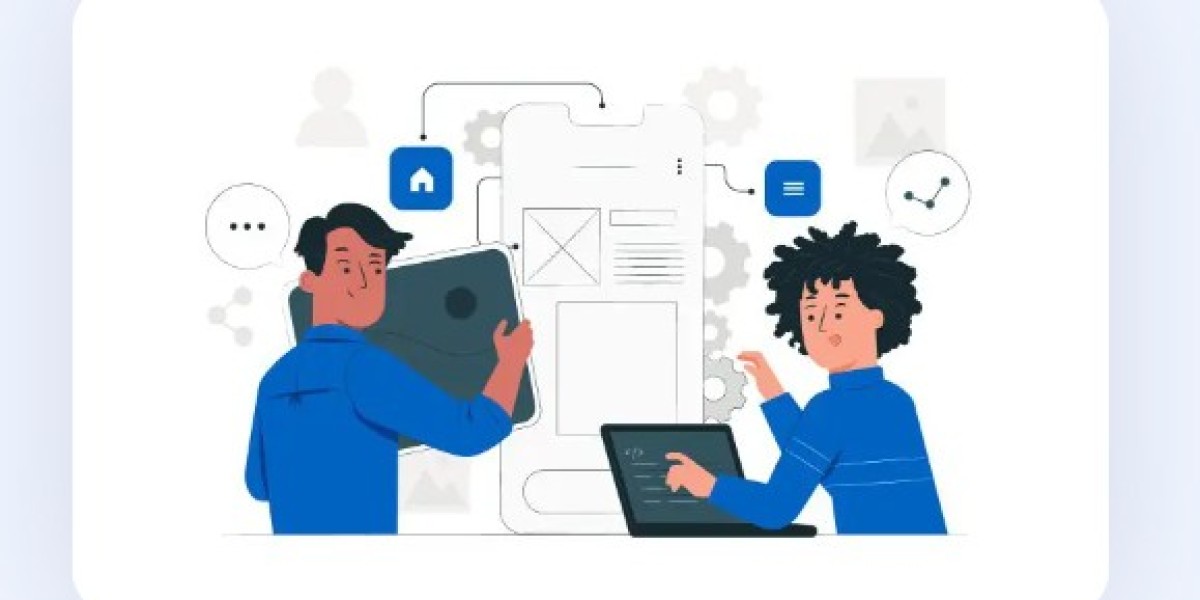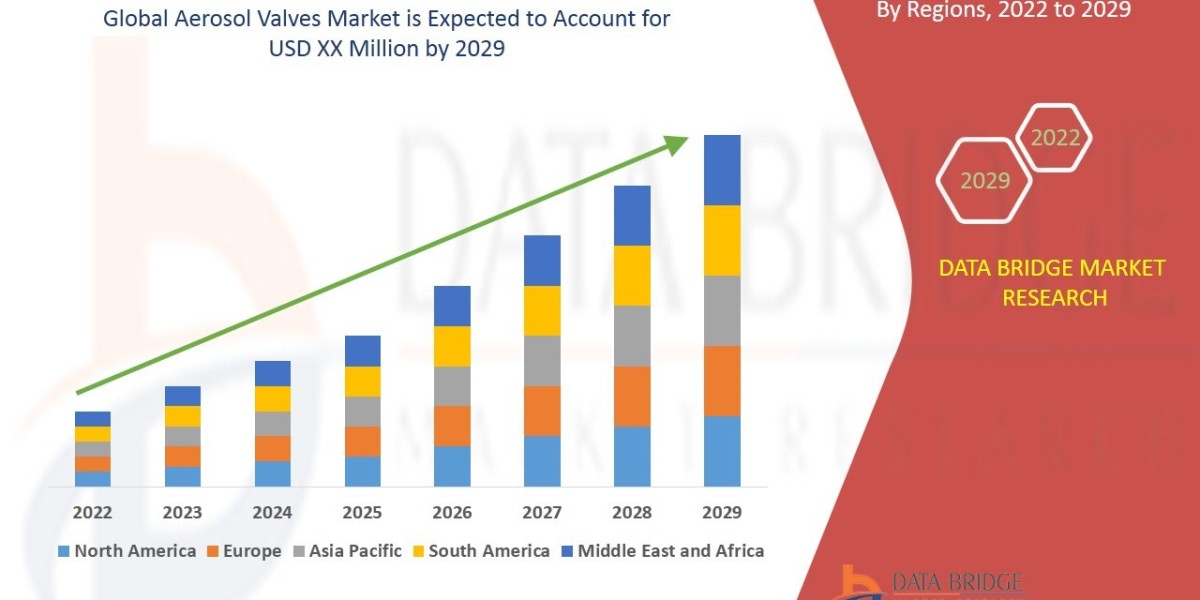Mobile app backend development plays a pivotal role in shaping the functionality and user experience of your mobile applications. This comprehensive guide will walk you through the various aspects of mobile app backend development, from its definition to best practices, and provide answers to frequently asked questions. So, let's dive into the world of backend development that powers the apps we use every day.
Introduction: A Glimpse into the Engine Room of Mobile Apps
When you interact with a mobile app, from sending a message to making a purchase, there's a complex infrastructure working behind the scenes. This is where mobile app backend development comes into play. The backend is like the engine room of a ship – unseen but essential for smooth sailing. It comprises servers, databases, APIs, and more, working together to ensure seamless functionality. Whether you're a developer or an app enthusiast, understanding the nuances of mobile app backend development can enhance your appreciation for the technology that drives modern mobile experiences.
Mobile App Backend Development: Delving Deeper
What is Mobile App Backend Development?
Mobile app backend development refers to the process of creating the server-side components that power a mobile application. It involves designing, building, and maintaining the infrastructure that supports app functionality and user interactions. This includes managing databases, handling user authentication, processing requests, and delivering data to the frontend.
The Key Components of Mobile App Backend Development
1. Server Setup and Management
The foundation of a solid backend is a well-configured server. This involves selecting the right hosting options, setting up server software, and optimizing server performance for responsiveness.
2. Database Management
Databases store essential app data. Backend developers design the database architecture, ensure data security, and implement efficient data retrieval and storage mechanisms.
3. API Development
APIs (Application Programming Interfaces) facilitate communication between the frontend and backend. They define the methods through which different components of the app interact.
4. User Authentication and Security
Protecting user data is paramount. Backend developers implement authentication mechanisms, encryption protocols, and security measures to safeguard sensitive information.
5. Scalability and Performance Optimization
As user bases grow, the backend must handle increased traffic without slowing down. Scalability involves designing the backend to handle varying loads while maintaining optimal performance.
Best Practices for Effective Mobile App Backend Development
1. Prioritize Security
Security breaches can be catastrophic. Implement robust security measures, conduct regular audits, and stay updated with the latest security practices.
2. Design for Scalability
Anticipate the potential for rapid user growth. Build a backend that can seamlessly scale to accommodate increased traffic and user demands.
3. Efficient Database Management
Optimize database queries and indexes for speedy data retrieval. Implement caching mechanisms to reduce database load and improve overall performance.
4. Use of RESTful APIs
RESTful APIs provide a standardized way for different software components to communicate. Design APIs that are intuitive, efficient, and follow industry standards.
5. Regular Maintenance and Updates
Technology evolves rapidly. Regularly update and maintain your backend to ensure it remains compatible with the latest devices, operating systems, and security standards.
Expert Insights: Navigating the Challenges of Mobile App Backend Development
To gain insights from a seasoned professional in the field, we spoke with Jane Miller, a backend developer with over a decade of experience. According to Jane, "Backend development is all about finding elegant solutions to complex problems. It's like crafting the gears of a clock – each piece must fit perfectly for the entire system to work smoothly."
FAQs About Mobile App Backend Development
Q: What programming languages are commonly used in mobile app backend development?
A: Popular programming languages for backend development include Python, Ruby on Rails, Java, and Node.js.
Q: How does cloud technology impact mobile app backend development?
A: Cloud platforms offer scalable infrastructure, making it easier to deploy and manage backend services.
Q: What role does API documentation play in backend development?
A: API documentation acts as a guide for developers using your backend services, ensuring seamless integration.
Q: Can I change the backend after the app is launched?
A: Yes, but it requires careful planning and execution to avoid disrupting the user experience.
Q: Is mobile app backend development more complex than frontend development?
A: Both have their complexities, but backend development often involves managing databases, security, and server optimization.
Q: How can I ensure my backend is future-proof?
A: Design modular and flexible architectures, stay updated on industry trends, and prioritize maintainability.
Conclusion: Building Strong Foundations for Seamless Apps
Mobile app backend development is the unsung hero behind the apps we rely on daily. From managing data to ensuring security, backend development plays a crucial role in delivering exceptional user experiences. By understanding the key components, best practices, and challenges, you're better equipped to navigate the world of backend development and create apps that stand the test of time.



